Start your search by selecting from one or more of the pull down menus. For example, select from the Topics menu, and the Languages menu to narrow your search.
Sleeves up Campaign TV Spots
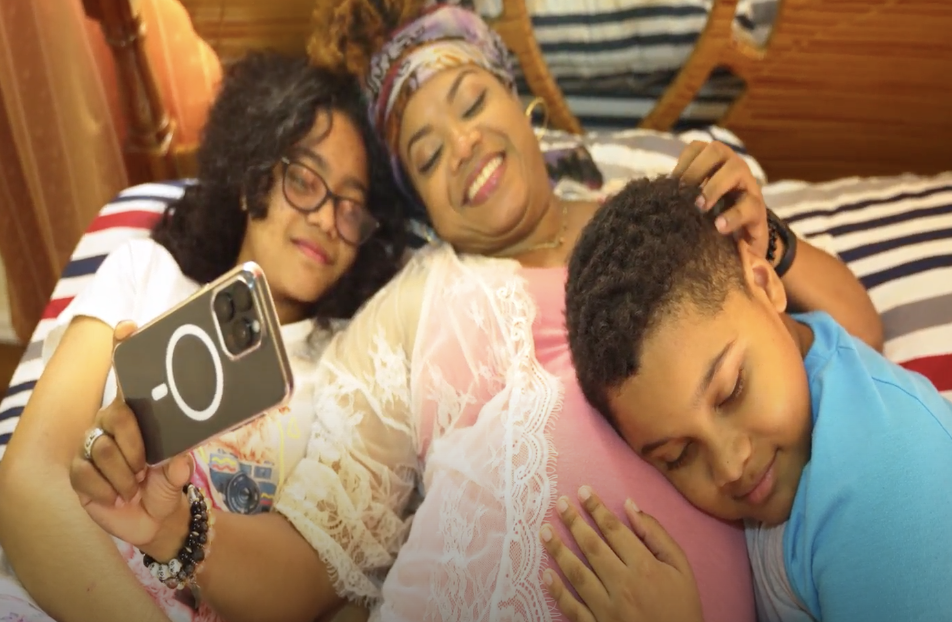
These TV spot are a part of the Sleeves Up campaign. Spot 1: A family talks about the importance of vaccination for every single family member. Spot 2: A family highlights the importance of vaccinations for all members of the family, at different stages of life Spot 1: Spot 2: Name: Rehana Fareed Email […]
Sleeves Up! Radio Spots promoting COVID-19 uptake

This radio spot was used to promote the Sleeves up campaign and features a family narrating the importance of protecting your family by vaccinating them against COVID-19.
Videos promoting COVID-19 integrated with routine immunizations
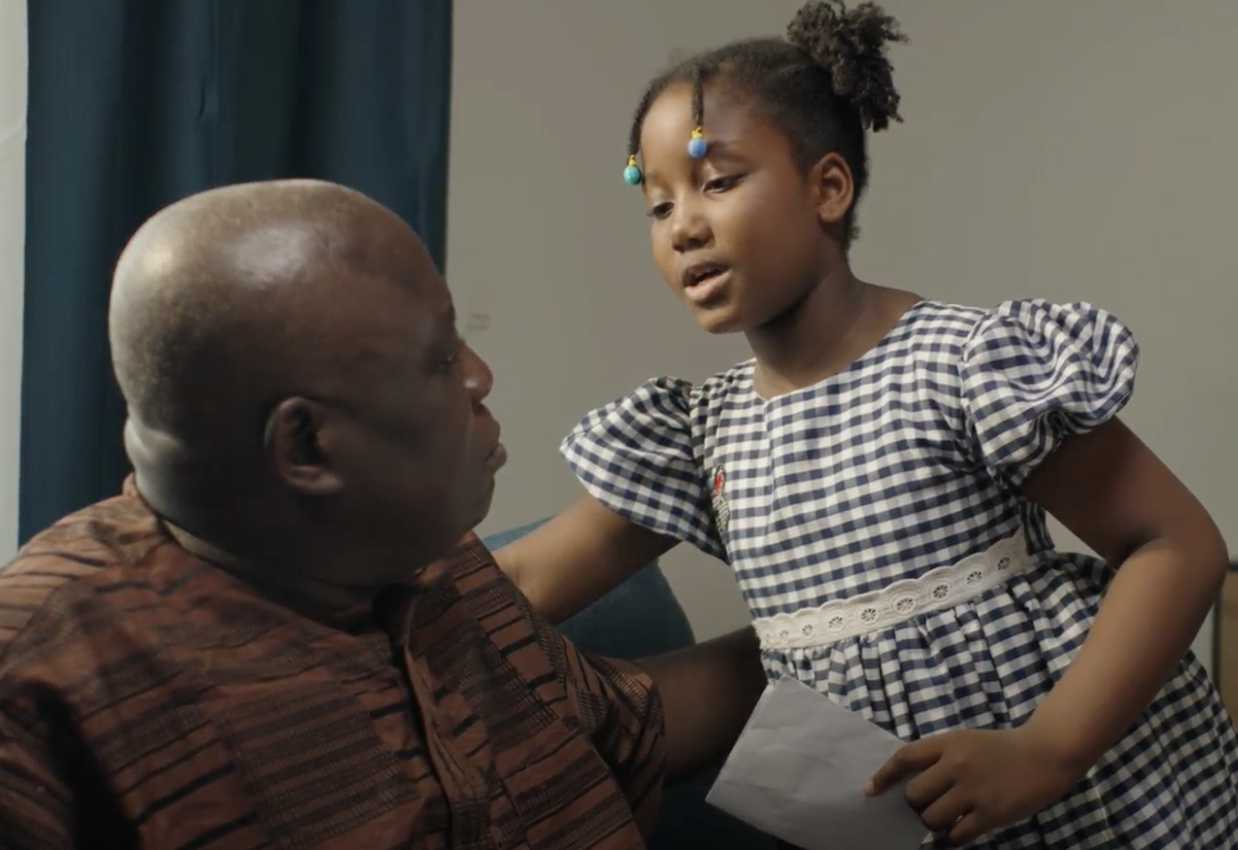
These video spots raise awareness on the COVID-19 and other routine immunizations for both children and adults.
1 vaccine, 1 goal campaign

Breakthrough ACTION Côte d’Ivoire designed the ‘1 Vaccine, 1 Goal’ multimedia campaign to leverage excitement among AFCON fans to share messages about COVID-19 vaccine and other vaccinations across the life stages and focus on protecting the most vulnerable.
2024 Paquinou vaccination campaign
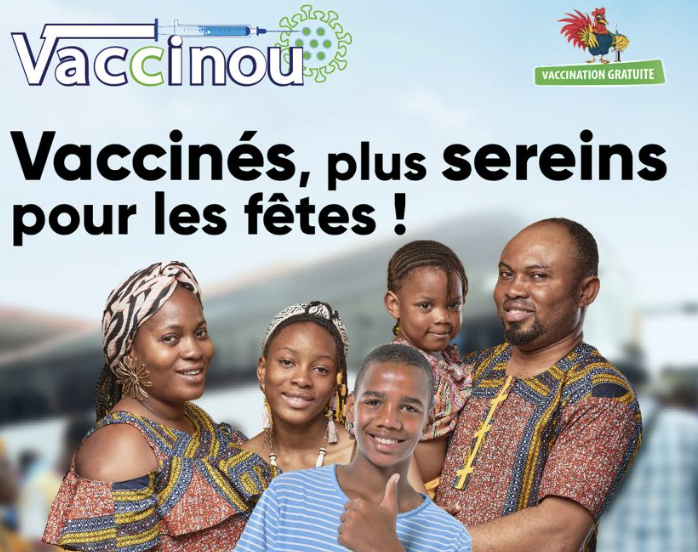
The COVID-19 vaccination strategy promoted ‘vaccinate before travel’ and included pop up vaccination promotion to encourage travelers to get vaccinated before traveling.
Health Rangers Campaign: Comic books, Videos
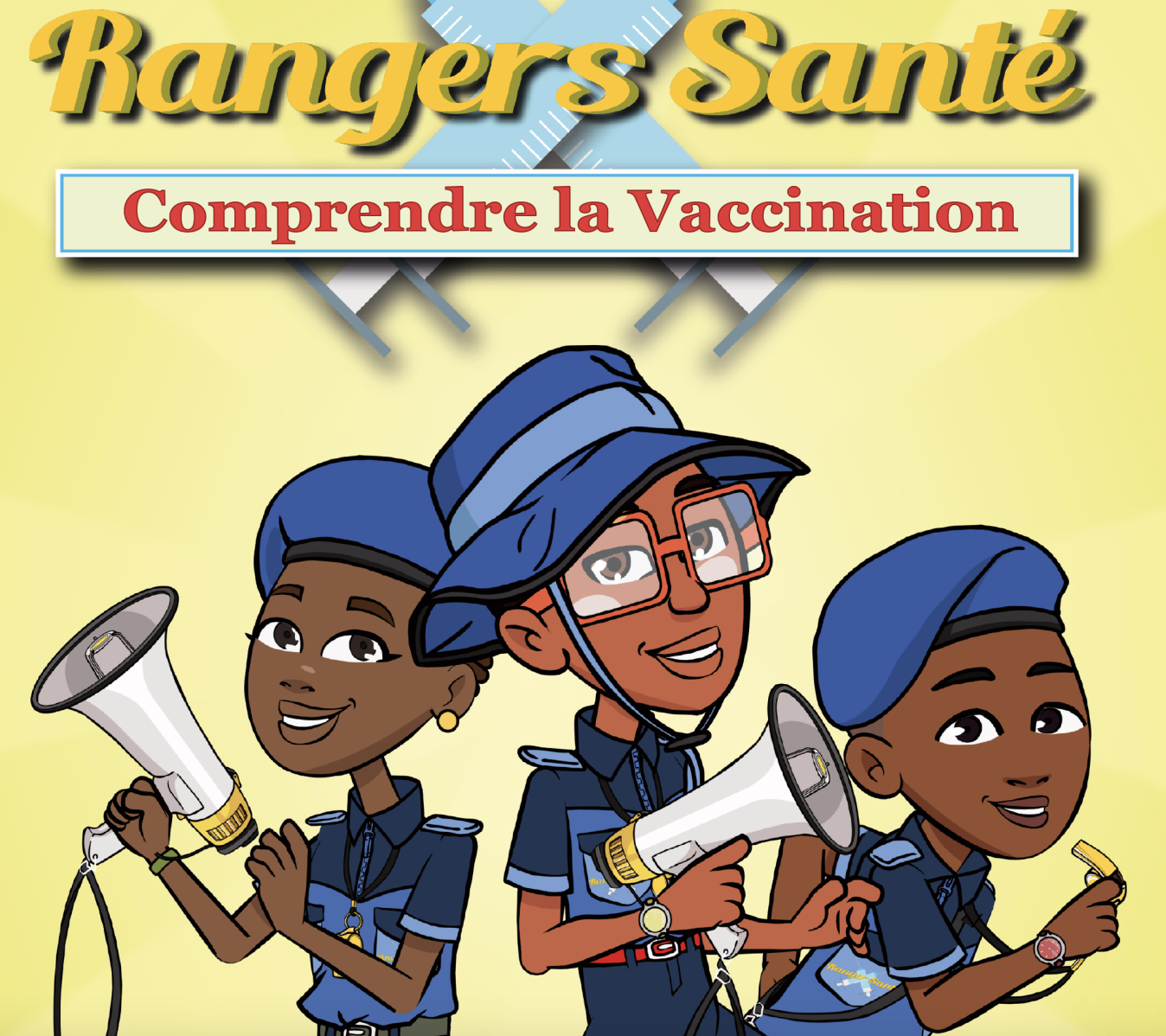
These comic books are about routine immunizations, COVID-19 to prevent diseases.
FAQ’s about Covid-19 and HPV and Immunization Schedule
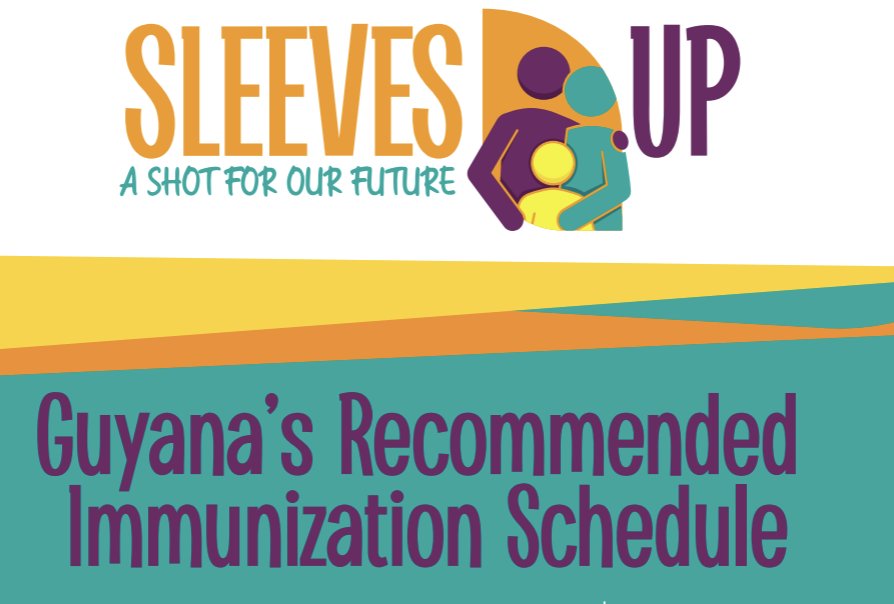
This is a handout created by Breakthrough Action Guyana with support from the Ministry of Health Guyana. It addresses common questions asked about Covid-19 and HPV along with an updated immunization schedule. The handout is part of the Sleeves Up! campaign.
Building Trust and Empathy: Enabling Healthcare Workers to Prepare, Respond, and Recover from Emerging Pandemic Threats and Infectious Diseases Outbreaks
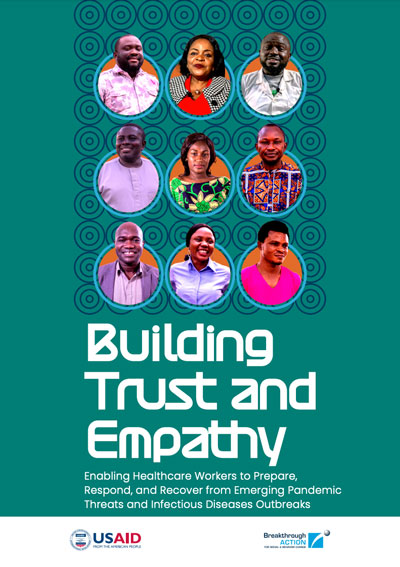
Breakthrough ACTION-Nigeria developed the “Building Trust and Empathy Around COVID-19: A Client-Centred Communication Approach” training curriculum aimed at promoting positive client-provider interactions that ensure healthcare workers have the tools and capacity to address vaccine hesitancy (among themselves and with their clients) and encourage COVID-19 prevention, testing, and vaccination as outlined in national guidelines and policies, and take care of themselves in high-stress situations such as the one COVID-19 presented.
This case study showcases the approach and key learnings from Ebonyi, FCT, and Oyo State.
Follow Who Know Road Film and Spots Focusing on Vaccinating Against COVID-19 and Routine Immunization for Children

These are Follow Who Know Road short film and TV spots explain the importance of vaccinating against COVID-19 and routine immunization for children.
CCP Campaign Helps Increase COVID Vaccination Rates in Nigeria
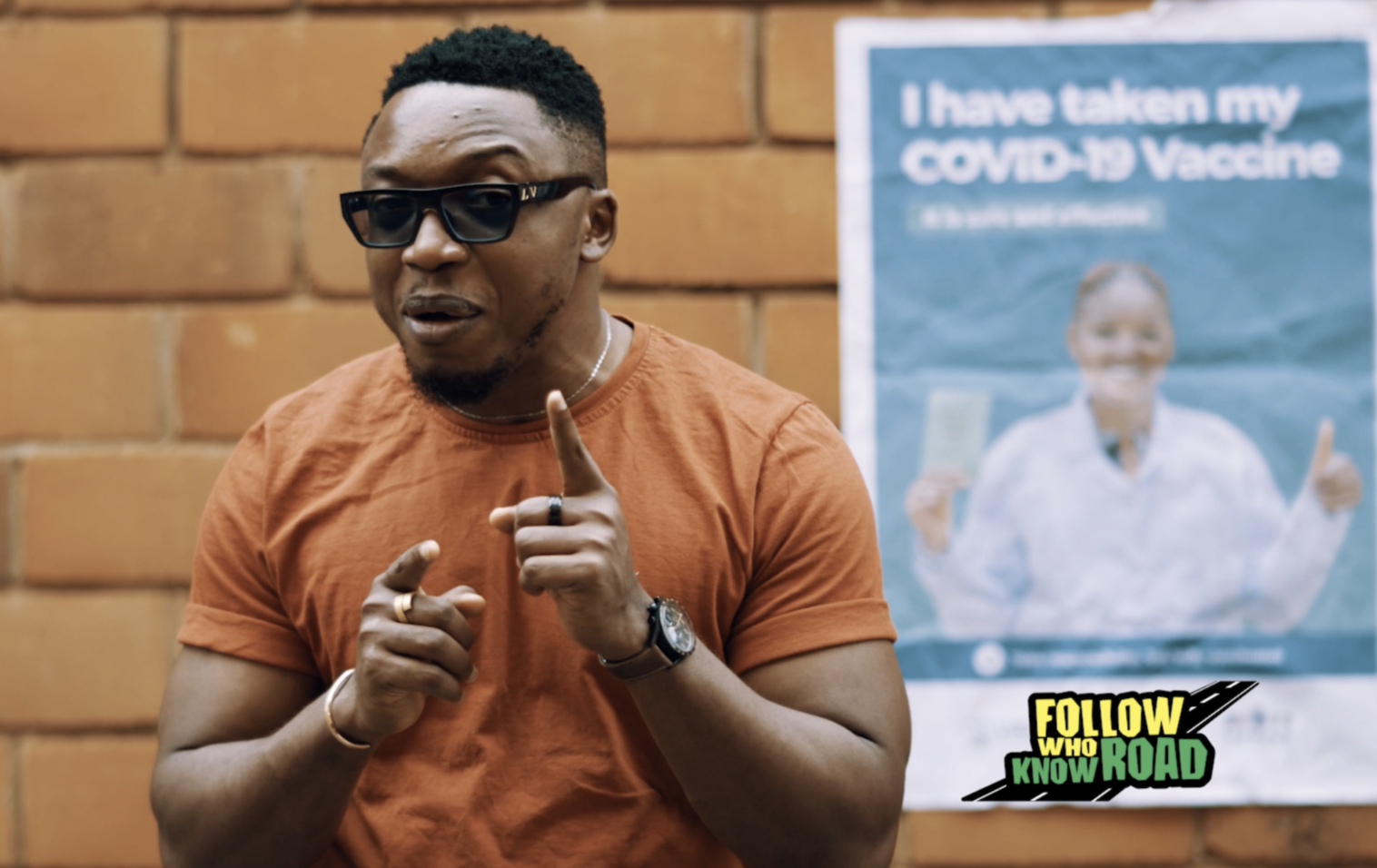
Blog post on how an SBC campaign helped increase COVID-19 vaccination rates in Nigeria. Since CCP-led Breakthrough ACTION began a COVID-19 vaccination awareness campaign in Nigeria, vaccination rates have increased by 75 percent.
E Get Why TV Spots
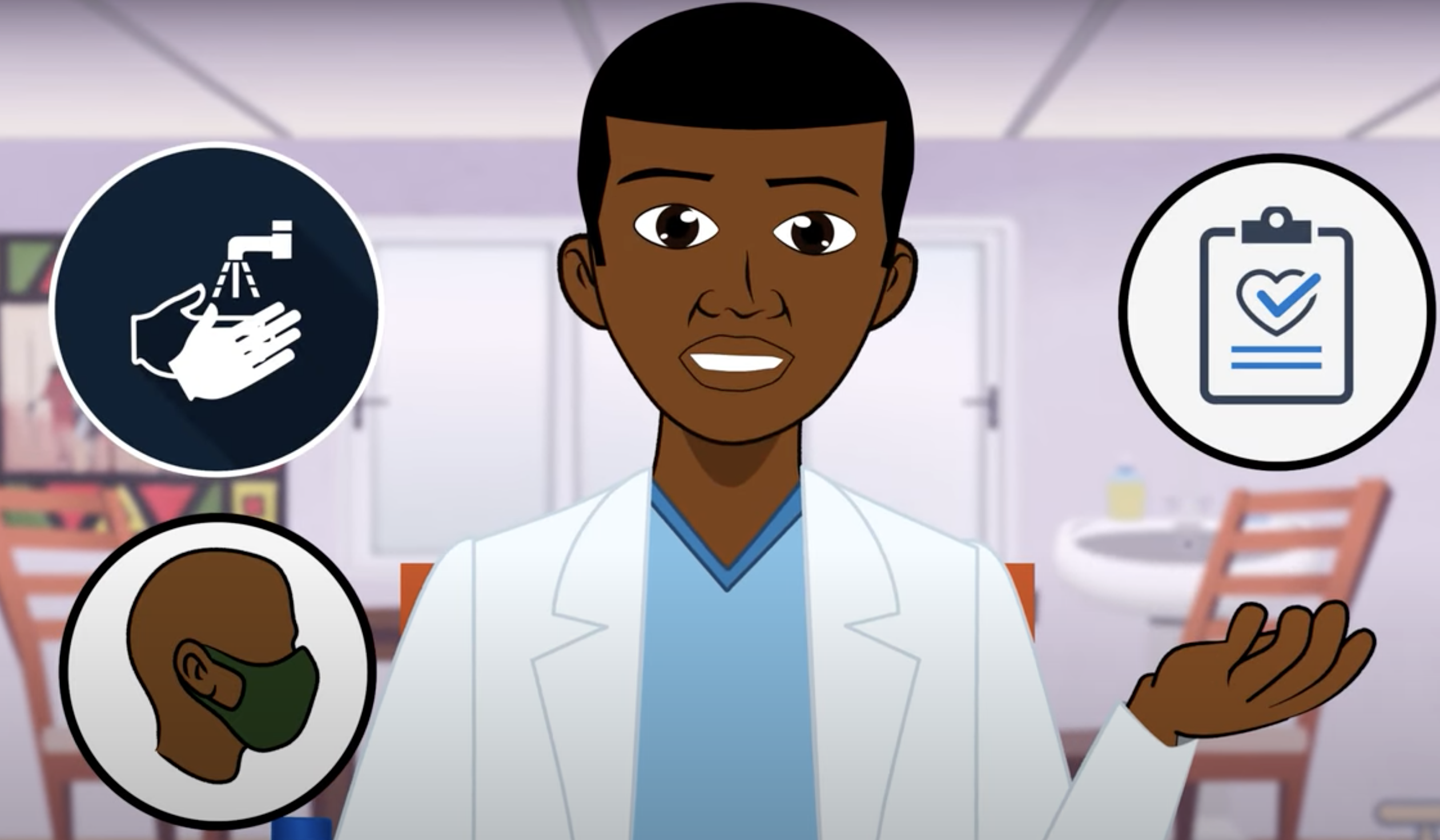
“E Get Why” (There is a Reason) TV spots explain the importance of vaccinating against COVID-19 and taking preventive steps like washing your hands and testing when you are sick.
KNOWLEDGE, ATTITUDES AND PRACTICES SURVEY IN THE CONTEXT OF EBOLA and considering integration in Côte d’Ivoire
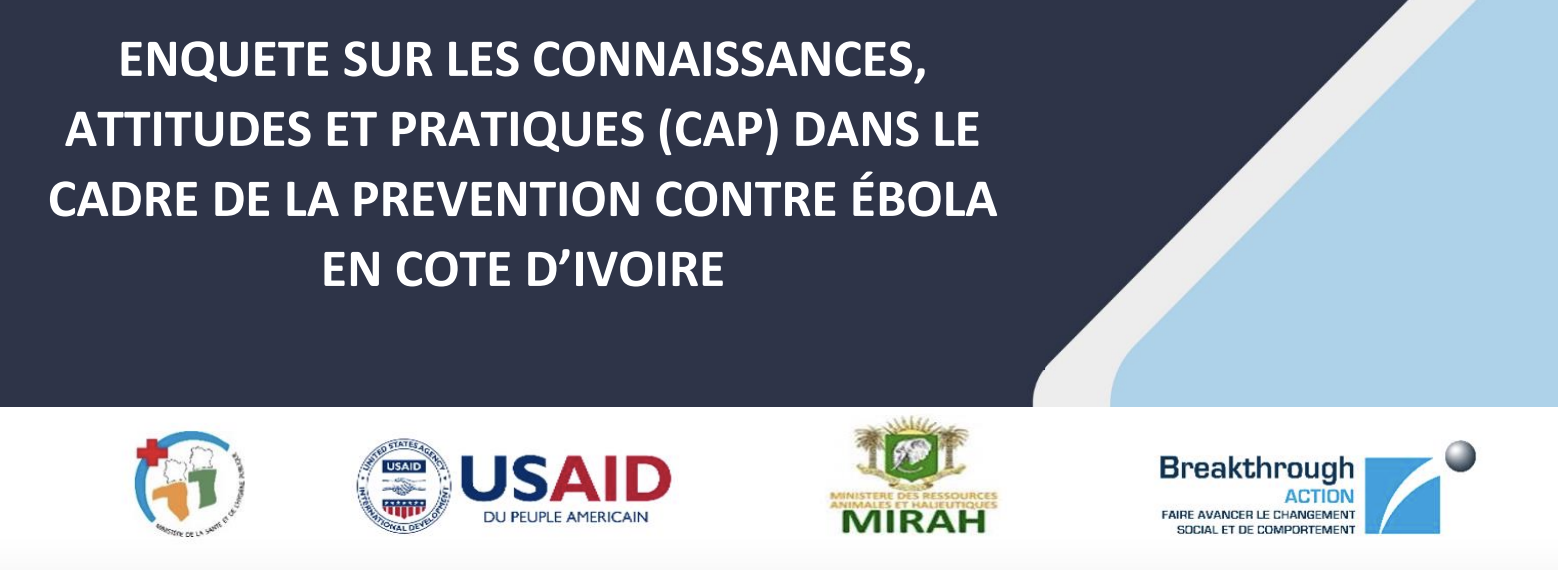
The re-emergence of Ebola made the response to COVID-19 more complex and required an integrated response. This is a report of knowledge, attitudes and practices with a focus on Ebola, but also with implications for COVID-19 response. For successful intervention, it is essential to have an up-to-date understanding of the context-specific knowledge, attitudes, beliefs, intentions, […]
Three Waves of Knowledge, Attitudes, and Practice Surveys About COVID-19 Vaccination in Côte d’Ivoire
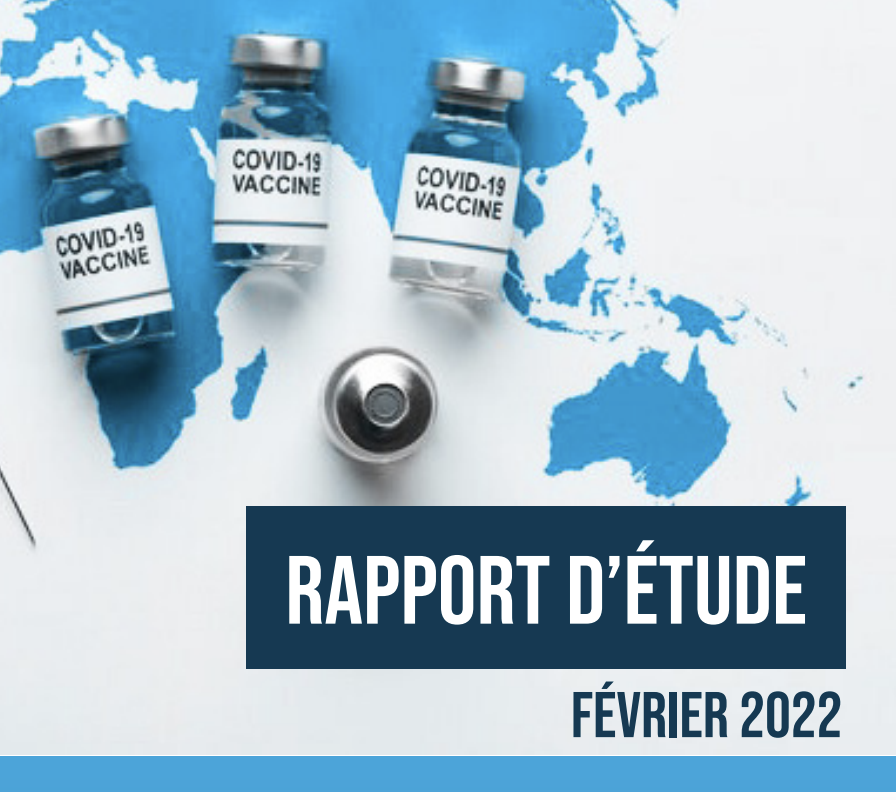
These two waves of Knowledge, Attitudes and Practices (KAP) surveys were carried out in order to understand the factors linked to the intention to be vaccinated against COVID-19.
Win the Match Against Malaria
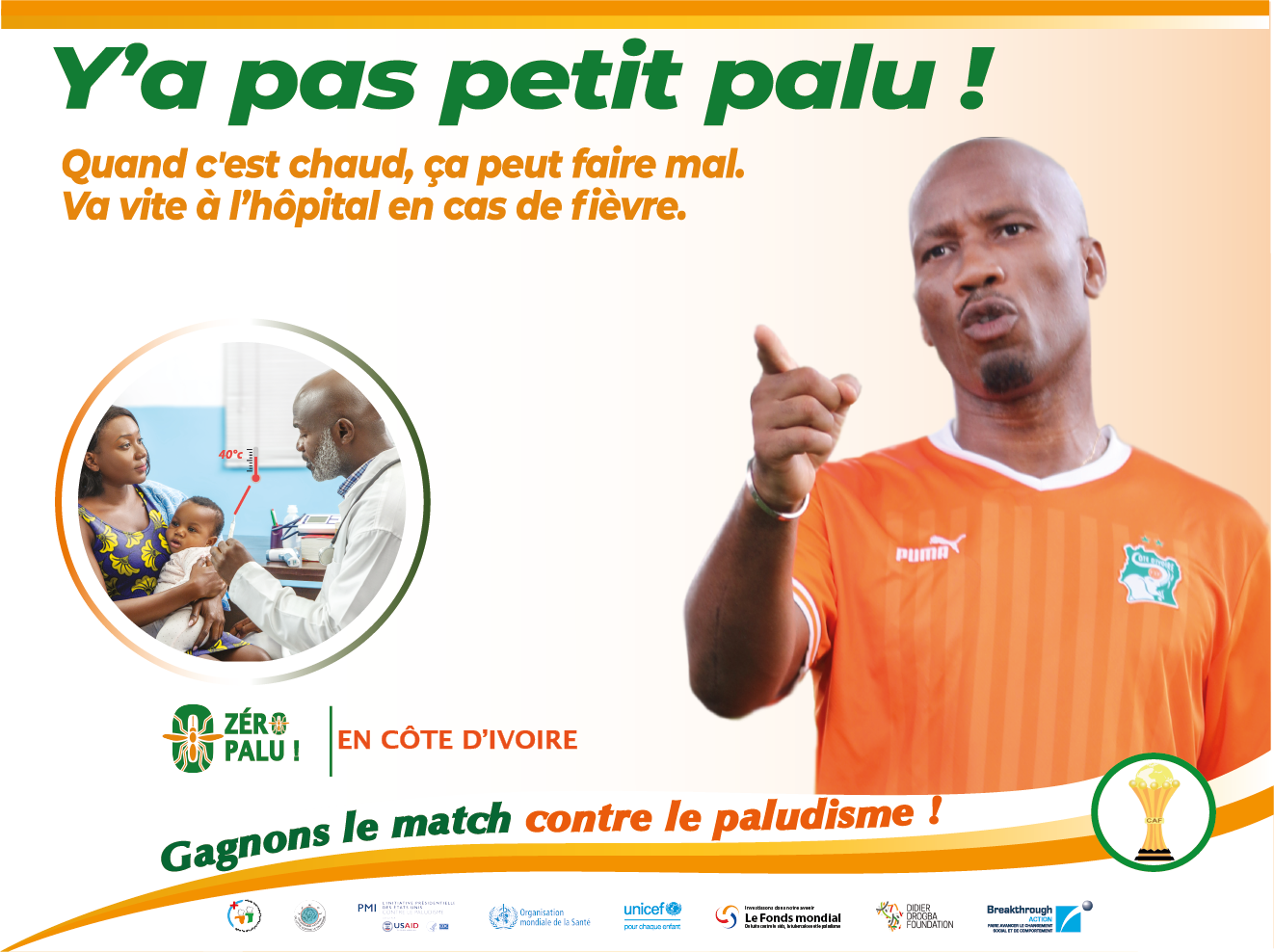
Breakthrough ACTION Côte d’Ivoire has designed a multimedia campaign to encourage the adoption of good behaviors to avoid malaria. This campaign, which saw the participation of international football star Didier Drogba, focused on the use of healthcare, LLIN etc.
Booster Shot endorsement

This video was created by the Ministry of Health-Guyana and features Desiree Edghill endorsing the COVID-19 booster shots. Click here. Name: Rehana Fareed Email Address: rfareed1@jh.edu
Poster comic addressing misinformation surrounding COVID-19 vaccines – impotency
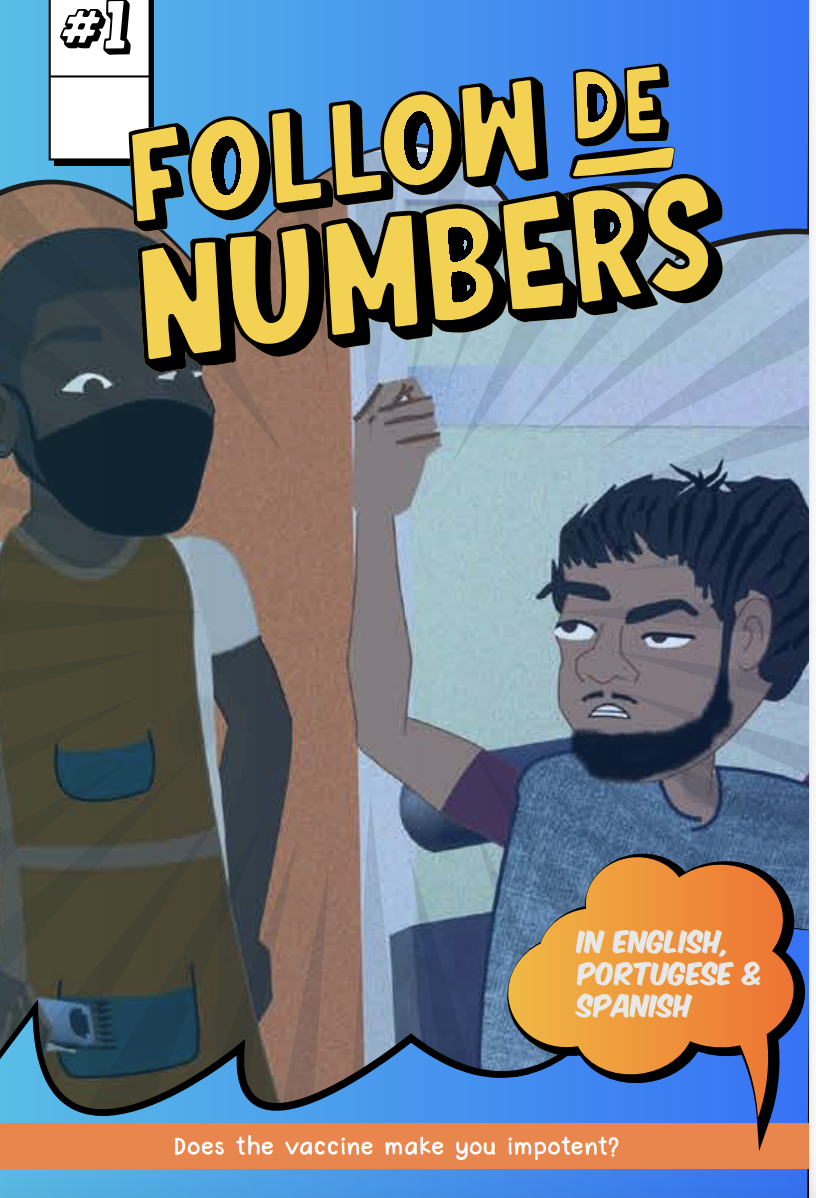
This poster was created by MOH-Guyana and UNICEF to address misinformation surrounding COVID-19 vaccinations- Impotency in men.
COVID-19 Brochure – ‘Sleeves up’
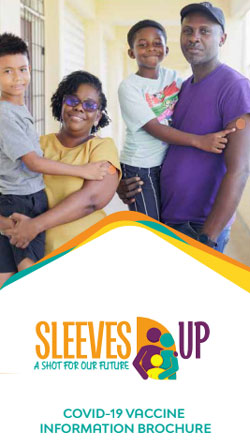
This brochure was created to support the “Sleeves Up” campaign and is intended to be used as a resource by parents/guardians and healthcare workers to highlight common questions surrounding COVID-19 Vaccination. It also highlights the vaccination locations within the regions.
FAQs about COVID-19 vaccination – “Sleeves Up” Campaign

This FAQ was developed by Breakthrough ACTION Guyana with support from the MOH to support the “Sleeves Up” campaign. It is intended for use as a tool by Healthcare workers to address concerns from patients.
Behavioral and Social Drivers of Vaccination: Tools and practical guidance for achieving high uptake
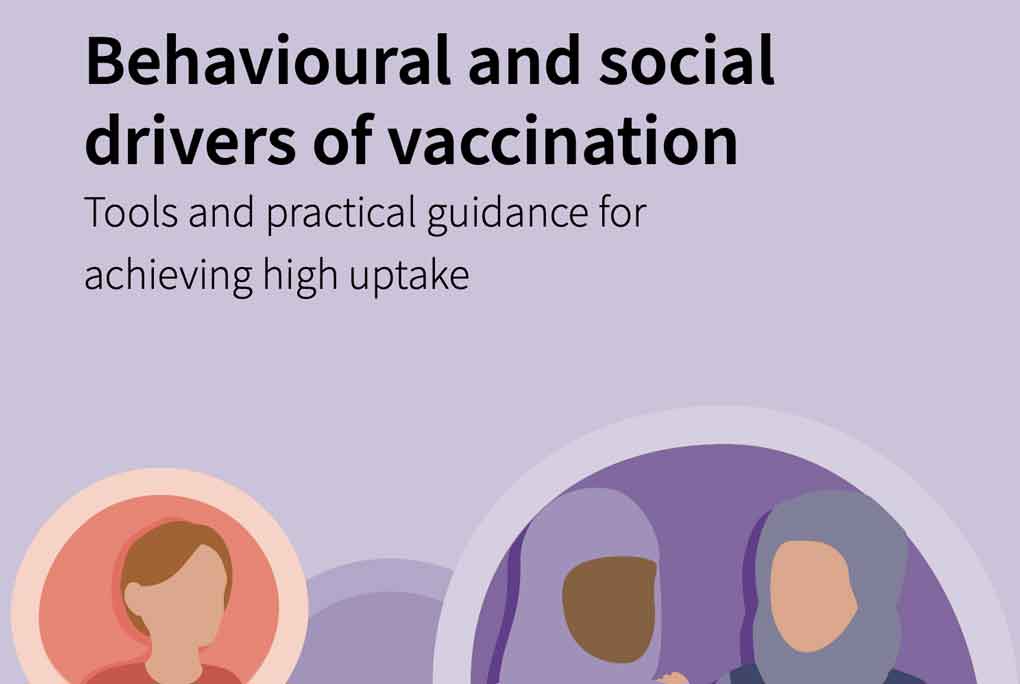
This guidebook will help users understand the reasons for low vaccine uptake, track trends over time and reduce coverage inequities by gathering and using data to systematically design, implement and evaluate tailored interventions.
A Behavioral Playbook for Public Health Responses: Learning from the MENA experience, preparing for the future
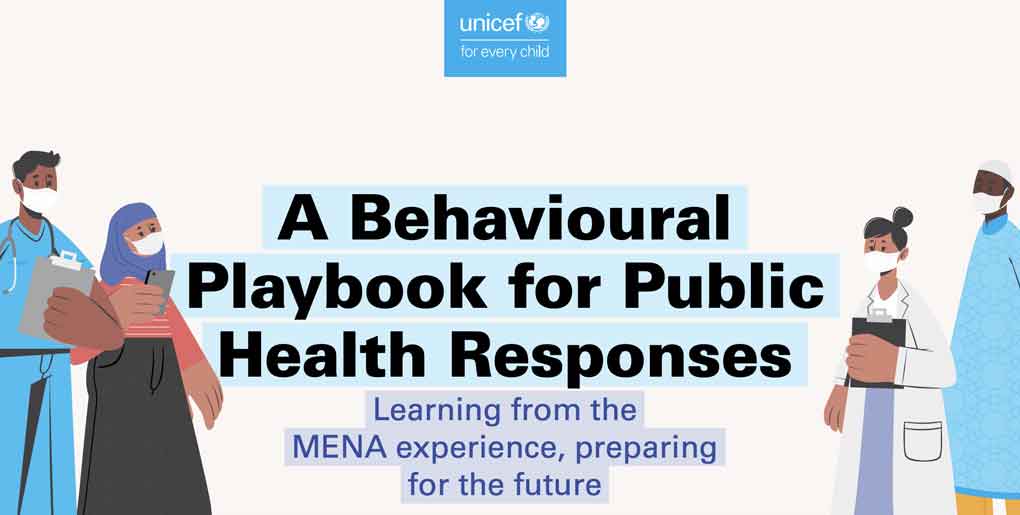
This playbook focuses on Social and Behavior Change (SBC) solutions to public health crises, drawing upon promising SBC initiatives that were deployed during the COVID-19 pandemic within the Middle East and North Africa (MENA).
Resources for integrating COVID-19 vaccination into the Expanded Vaccination Program (EPI) in MALI
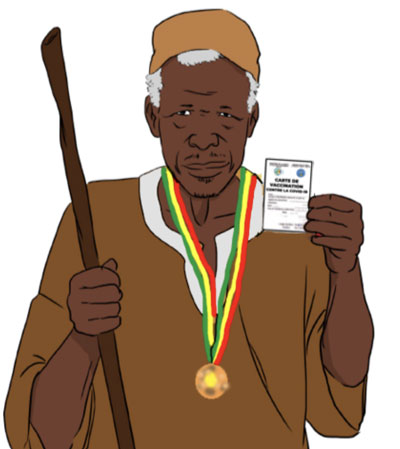
These posters, pamphlets and audio spots were developed by USAID, in collaboration with the National Center for Health Information, Education, and Communication(CNIECS), to ensure the integration of COVID-19 vaccination into routine activities.
The COVID-19 Communication Network is teamed closely with The Compass for SBC, a curated collection of social and behavior change (SBC) resources. The collection offers the highest quality “how-to” tools and packages of materials from SBC projects. Each item in the Compass is vetted to ensure it was developed via a strategic process and had documented success in the field. Further, this site is closely linked with Springboard, an online community of SBC professionals who share experiences, ask/give advice, and enhance their skills.


